代理和负载
代理
代理的概念
在互联网请求里面,为了安全客户端往往无法直接向服务端发起请求,就需要用到代理服务,来实现客户端和服务端通信,并且代理可以将流量分流给多个服务端。
代理的方式
1.正向代理
客户端找到代理服务之后,还需要使用某个IP地址来找对应的服务器。
应用:VPN
2.反向代理
客户端只需要找代理服务,不需要找服务器,由代理服务来导向某个服务器。
应用:负载均衡
nginx代理服务支持的协议
ngx_http_uwsgi_module : Python
ngx_http_fastcgi_module : PHP
ngx_http_scgi_module : Java
ngx_http_v2_module : Golang
ngx_http_proxy_module : HTTP
nginx代理实践
尝试使用lb01代理web01
1.部署web01
在web01中部署nginx使得访问ip地址会打开一个网站
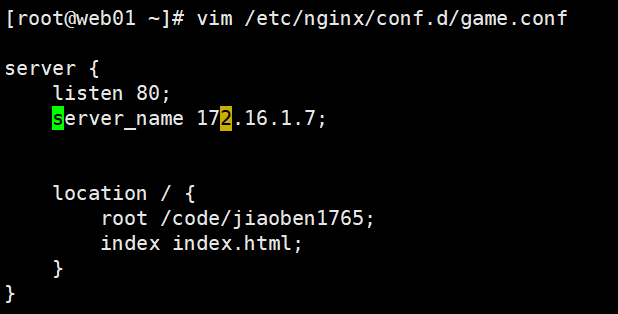
2.下载lb01中的nginx
lb01中的nginx推荐使用编译安装
1.下载 nginx源代码包

2.解压

3.安装依赖
安装nginx模块需要一些依赖文件需要提前下载

4.设置编译参数
安装一些必要的模块

5.进行编译安装


3.nginx优化
编译安装的nginx最好进行一些步骤的优化
将/usr/local/nginx/conf/下的文件移动到/etc/nginx/下(无此文件夹需新建)


新建/etc/nginx/conf.d文件夹来存放配置文件

修改/etc/nginx/nginx.conf文件
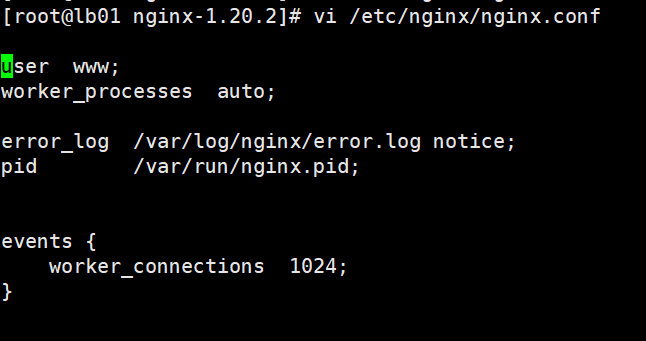

user root; worker_processes auto; error_log /var/log/nginx/error.log notice; pid /var/run/nginx.pid; events { worker_connections 1024; } http { include /etc/nginx/mime.types; default_type application/octet-stream; log_format main '$remote_addr - $remote_user [$time_local] "$request" ' '$status $body_bytes_sent "$http_referer" ' '"$http_user_agent" "$http_x_forwarded_for"'; log_format json '{"@timestamp":"$time_iso8601",' '"host":"$server_addr",' '"service":"nginxTest",' '"trace":"$upstream_http_ctx_transaction_id",' '"log":"log",' '"clientip":"$remote_addr",' '"remote_user":"$remote_user",' '"request":"$request",' '"http_user_agent":"$http_user_agent",' '"size":$body_bytes_sent,' '"responsetime":$request_time,' '"upstreamtime":"$upstream_response_time",' '"upstreamhost":"$upstream_addr",' '"http_host":"$host",' '"url":"$uri",' '"domain":"$host",' '"xff":"$http_x_forwarded_for",' '"referer":"$http_referer",' '"status":"$status"}'; access_log /var/log/nginx/access.log json ; # access_log /var/log/nginx/access.log main; sendfile on; #tcp_nopush on; keepalive_timeout 65; #gzip on; include /etc/nginx/conf.d/*.conf; }
在/usr/local/nginx/conf/目录下新建一个软链接指向nginx.conf

新建www系统用户
新建一个www的用户


在/usr/lib/systemd/system/目录下创建一个nginx.service文件
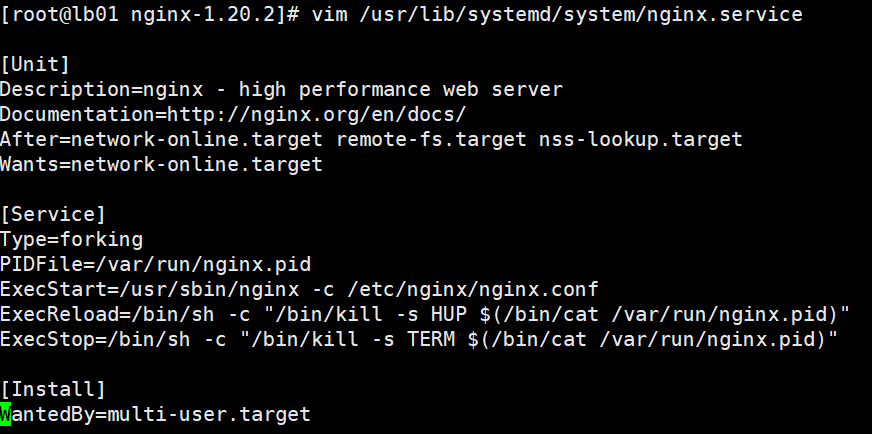

[Unit] Description=nginx - high performance web server Documentation=http://nginx.org/en/docs/ After=network-online.target remote-fs.target nss-lookup.target Wants=network-online.target [Service] Type=forking PIDFile=/var/run/nginx.pid ExecStart=/usr/sbin/nginx -c /etc/nginx/nginx.conf ExecReload=/bin/sh -c "/bin/kill -s HUP $(/bin/cat /var/run/nginx.pid)" ExecStop=/bin/sh -c "/bin/kill -s TERM $(/bin/cat /var/run/nginx.pid)" [Install] WantedBy=multi-user.target
将/usr/local/nginx/sbin/目录下的nginx启动文件移动到/usr/sbin/目录下

在/var/log/目录下新建一个nginx文件夹存放日志

尝试启动nginx

4.部署反向代理
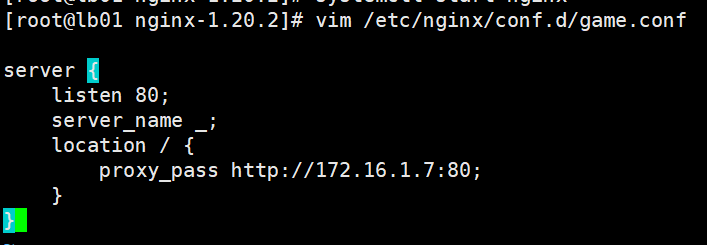
5.测试
0
新建文件优化nginx
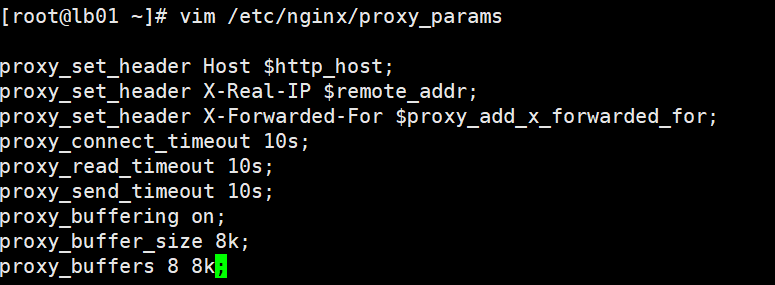

proxy_set_header Host $http_host; proxy_set_header X-Real-IP $remote_addr; proxy_set_header X-Forwarded-For $proxy_add_x_forwarded_for; proxy_connect_timeout 10s; proxy_read_timeout 10s; proxy_send_timeout 10s; proxy_buffering on; proxy_buffer_size 8k; proxy_buffers 8 8k;
常用参数
Syntax: proxy_set_header field value; Default: proxy_set_header Host $http_host; proxy_set_header Connection close; Context: http, server, location # 用户请求的时候HOST的值是linux.proxy.com, 那么代理服务会像后端传递请求的还是linux.proxy.com proxy_set_header Host $http_host; # 将$remote_addr的值放进变量X-Real-IP中,$remote_addr的值为客户端的ip proxy_set_header X-Real-IP $remote_addr; # 客户端通过代理服务访问后端服务, 后端服务通过该变量会记录真实客户端地址 proxy_set_header X-Forwarded-For $proxy_add_x_forwarded_for;
Syntax: proxy_connect_timeout time; Default: proxy_connect_timeout 60s; Context: http, server, location #nginx代理等待后端服务器的响应时间 Syntax: proxy_read_timeout time; Default: proxy_read_timeout 60s; Context: http, server, location #后端服务器数据回传给nginx代理超时时间 Syntax: proxy_send_timeout time; Default: proxy_send_timeout 60s; Context: http, server, location # 推荐设置 proxy_connect_timeout 1s; proxy_read_timeout 3s; proxy_send_timeout 3s;
#nignx会把后端返回的内容先放到缓冲区当中,然后再返回给客户端,边收边传, 不是全部接收完再传给客户端 Syntax: proxy_buffering on | off; Default: proxy_buffering on; Context: http, server, location #设置nginx代理保存用户头信息的缓冲区大小 Syntax: proxy_buffer_size size; Default: proxy_buffer_size 4k|8k; Context: http, server, location #proxy_buffers 缓冲区 Syntax: proxy_buffers number size; Default: proxy_buffers 8 4k|8k; Context: http, server, location
负载均衡
负载均衡的作用
当我们的Web服务器直接面向用户,往往要承载大量并发请求,单台服务器难以负荷,使用多台Web服务器组成集群,前端使用Nginx负载均衡,将请求分散的打到我们的后端服务器集群中,实现负载的分发。那么会大大提升系统的吞吐率、请求性能、高容灾。
负载均衡的实现
负载均衡是通过将后端服务打包成一个IP连接池,然后从中选择ip。
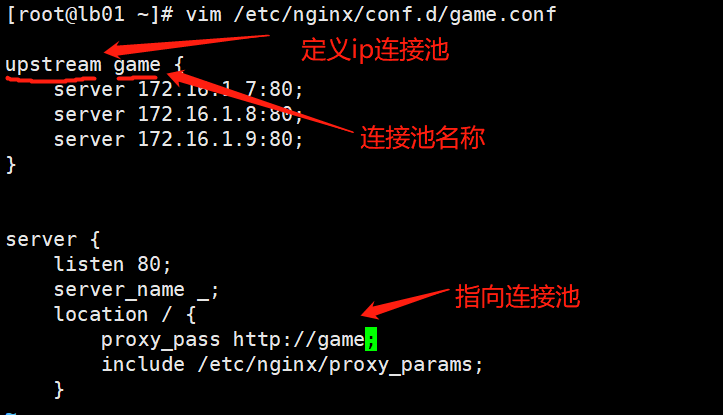
负载均衡的比例
负载均衡中IP连接池的使用比例有三种方式
1.轮询
默认情况下,nginx负载均衡处于轮询状态。即轮流访问每个ip。
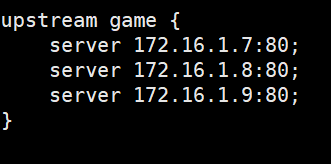
2.权重
nginx中的权重为0-100,数字越大,权重越高
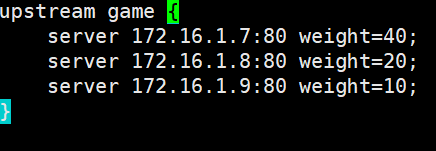
3.ip_hash
使用ip_hash则每一个ip固定会访问某一个后端
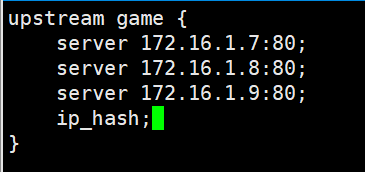
负载均衡后端状态
后端的状态分为以下几种
| 概述 | |
|---|---|
| down | 当前的server暂时不参与负载均衡 |
| backup | 预留的备份服务器 |
| max_fails | 允许请求失败的次数 |
| fail_timeout |
1.down
down指对于某一个后端暂时不分配流量
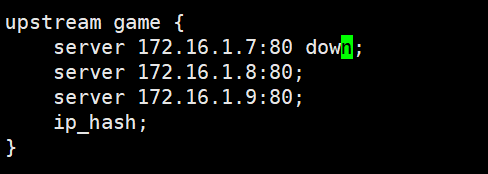
2.backup
backup表示备用,只有其他机器全部宕机之后才会启用
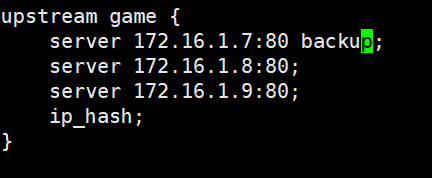
3.

error # 与服务器建立连接,向其传递请求或读取响应头时发生错误; timeout # 在与服务器建立连接,向其传递请求或读取响应头时发生超时; invalid_header # 服务器返回空的或无效的响应; http_500 # 服务器返回代码为500的响应; http_502 # 服务器返回代码为502的响应; http_503 # 服务器返回代码为503的响应; http_504 # 服务器返回代码504的响应; http_403 # 服务器返回代码为403的响应; http_404 # 服务器返回代码为404的响应; http_429 # 服务器返回代码为429的响应(1.11.13); non_idempotent # 通常,请求与 非幂等 方法(POST,LOCK,PATCH)不传递到请求是否已被发送到上游服务器(1.9.13)的下一个服务器; 启用此选项显式允许重试此类请求; off # 禁用将请求传递给下一个服务器。
2.安装django、uwsgi和pymysql



3.将文件代码上传解压

4.修改配置文件


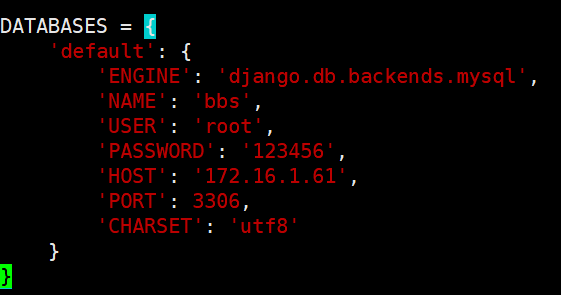
5.启动测试

2.配置nginx并启动
1.编辑项目配置文件
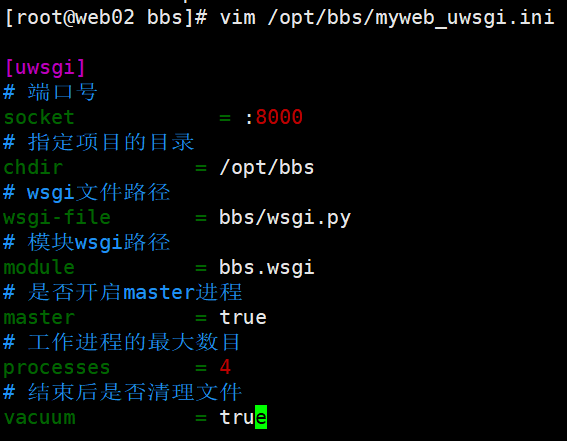
2.启动uwsgi

3.编辑nginx配置文件
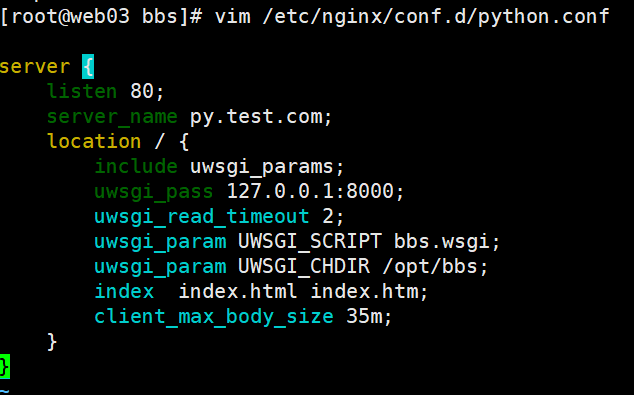
4.重启nginx

3.部署负载均衡
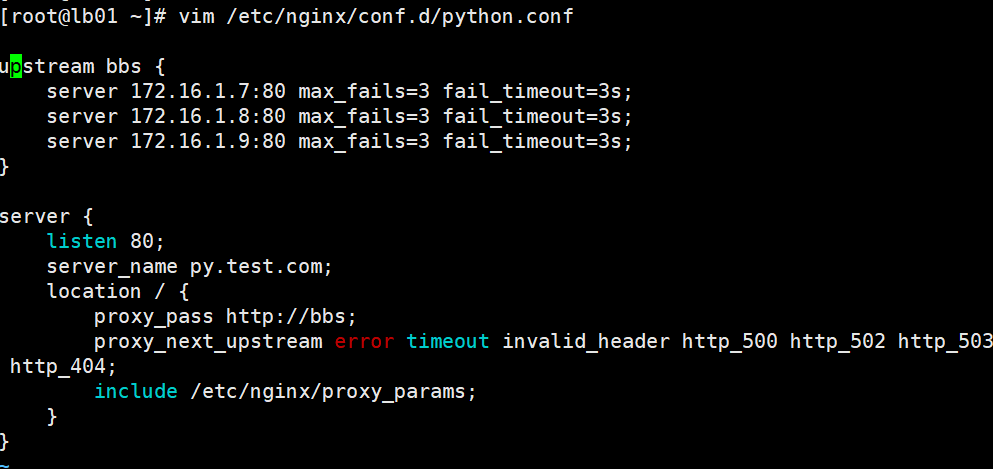

upstream bbs { server 172.16.1.7:80 max_fails=3 fail_timeout=3s; server 172.16.1.8:80 max_fails=3 fail_timeout=3s; server 172.16.1.9:80 max_fails=3 fail_timeout=3s; } server { listen 80; server_name py.test.com; location / { proxy_pass http://bbs; proxy_next_upstream error timeout invalid_header http_500 http_502 http_503 http_404; include /etc/nginx/proxy_params; } }
4.测试
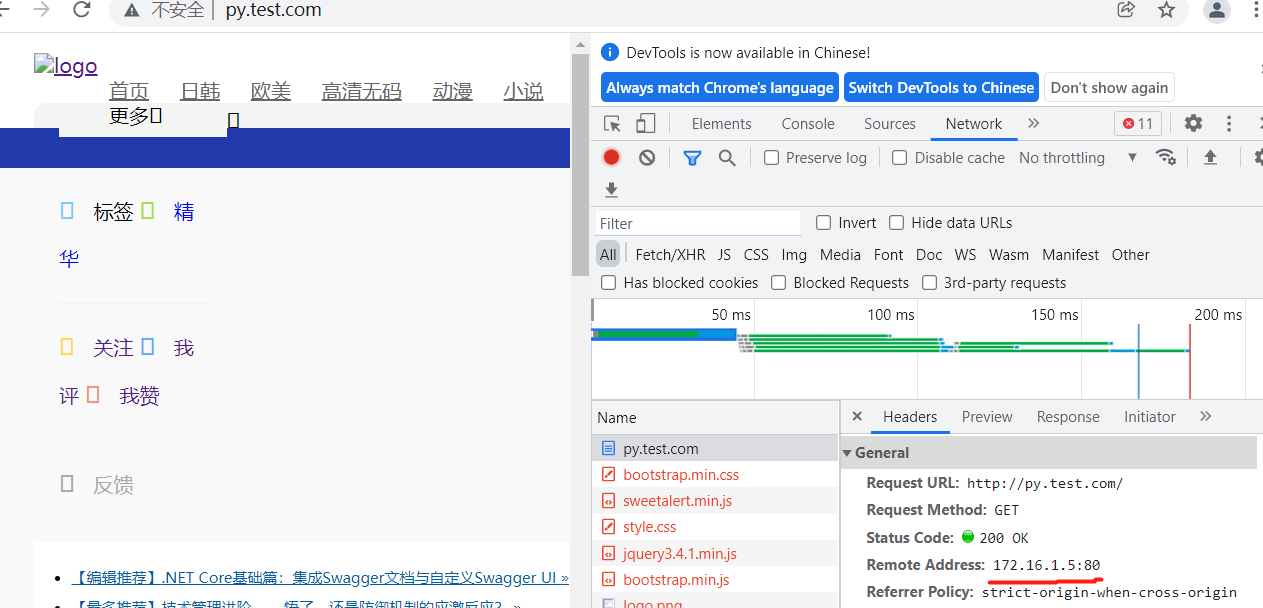



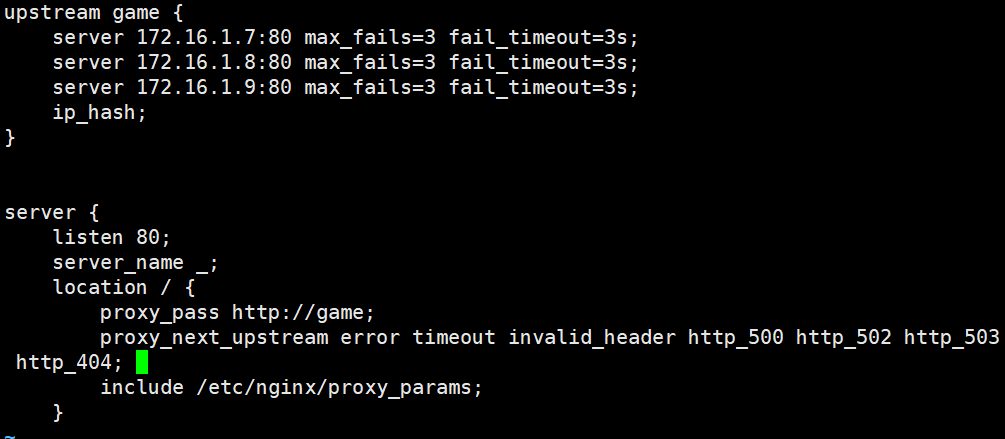


 浙公网安备 33010602011771号
浙公网安备 33010602011771号